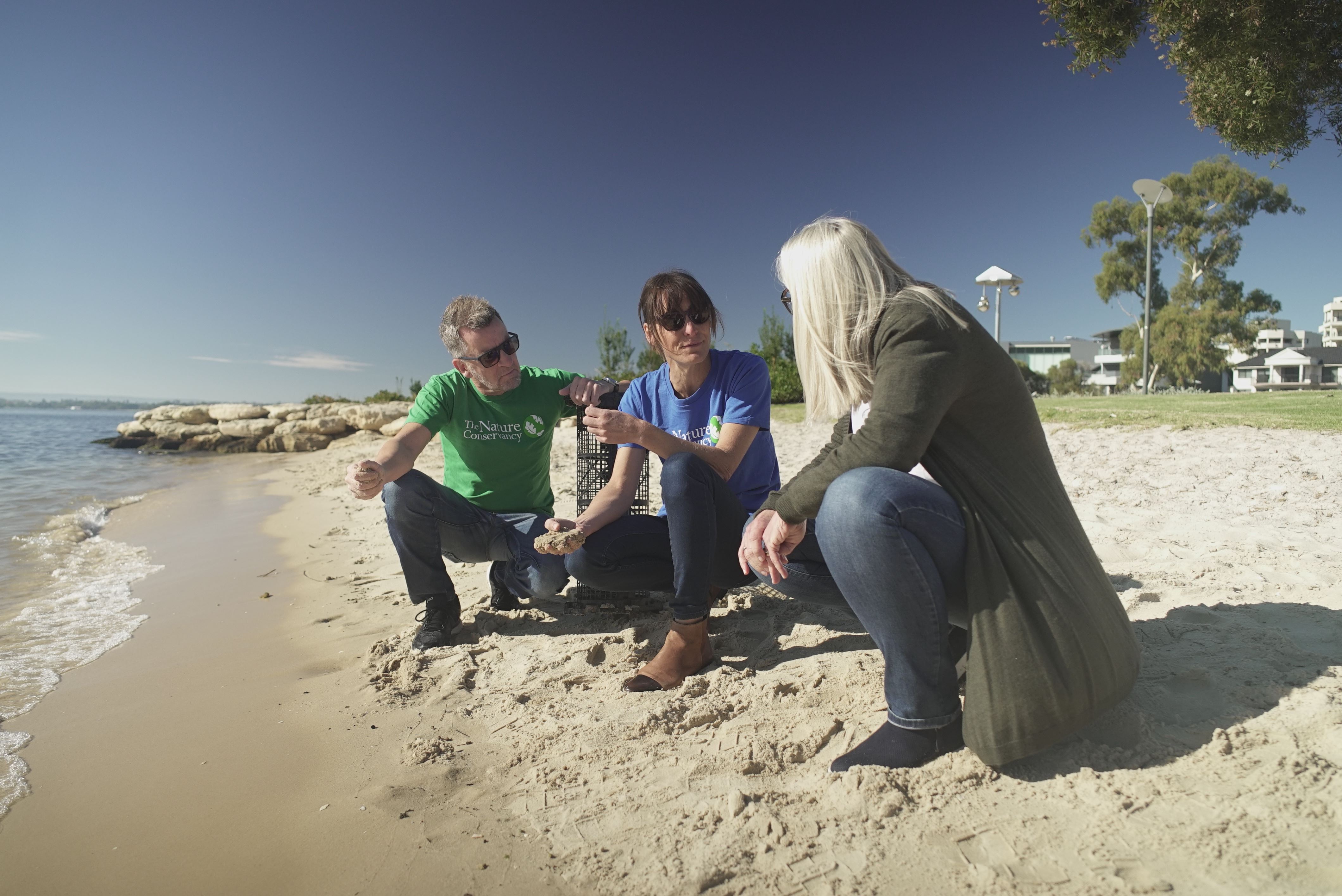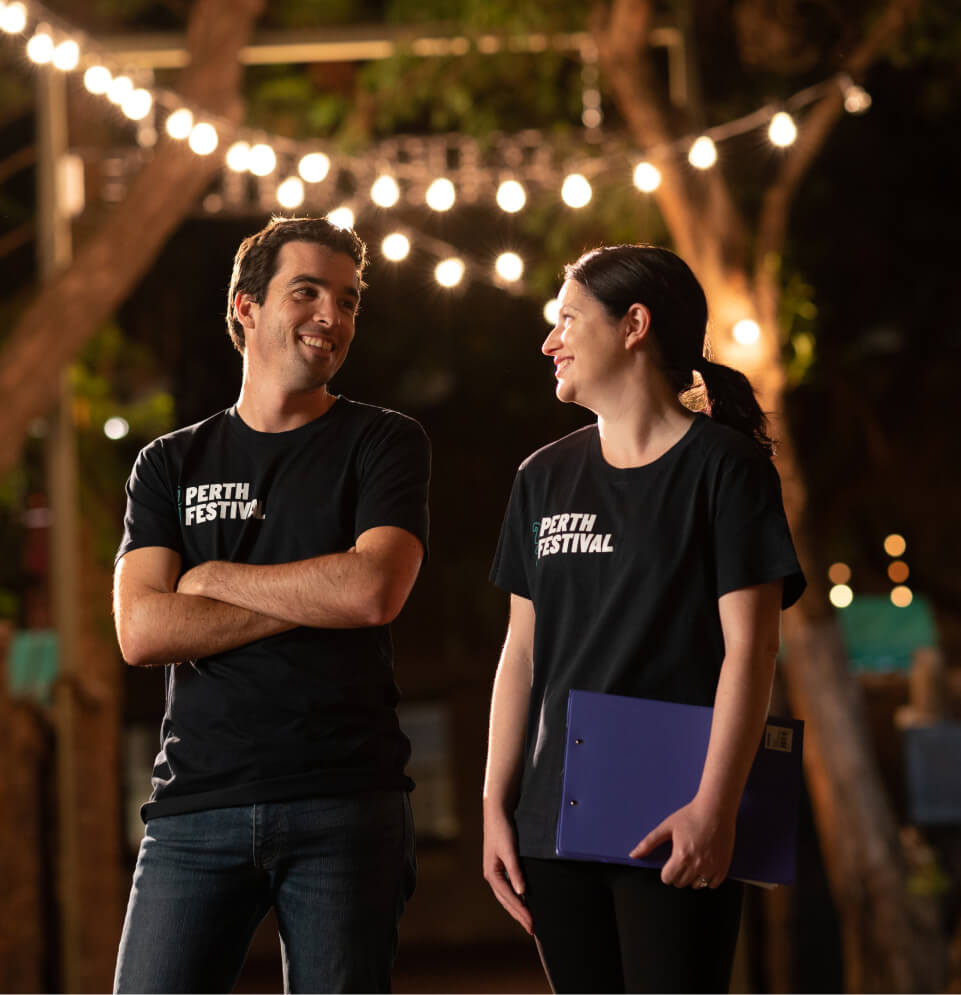Learning snapshot
The importance of technology plans and the right online systems
Like to discover how a technology plan can boost the efficiency of your not-for-profit and help free up valuable time for members of your team? Please read on for tips on what to consider when developing a plan and how our Community Impact Planner can help.
13 March 2024
Whether it’s communicating with stakeholders, storing confidential information, marketing or fiscal management; the savvy use of technology is a must for not-for-profits across Western Australia - but we know it can be a challenge to know where to start.
Technology in this instance can refer to electronic programs, software, devices, processes and platforms that drive internal process improvements, maximise marketing impacts, build sustainable customer relationships and provide effective customer support.
To make the most of technology, and to boost limited resources, introducing a technology plan can be a big plus. It offers organisations a blueprint for using and investing in technology into the future, allowing for upgrades and improvements as well as contingency plans in the event of those unexpected technical problems.
The plan can provide a renewed focus for organisations to set out long-term goals, including a timeline for scheduled updates and implementation of custom-made projects.
To help you reap the rewards of a technology plan, which includes freeing up valuable time for team members, we have put together a series of Top Five tips.
1. Assemble a team
Start by assembling a group of team members who use the technology regularly along with stakeholders such as long-term volunteers and financial supporters. It could also be of value to go outside the organisation and consider forming a consortium to share the associated cost of your technological needs by pooling resources and buying power.

Consider budgets and needs
2. Draft a budget
Put together a budget that sets out the overall amount the organisation could reasonably allocate to developing a plan, including consulting fees software purchases, training, and custom software development. If the budget allows, you might consider contracting an external technology consultant who can take an independent look at existing processes and then assign clearly defined roles and responsibilities to each team member.
3. Review existing technology and identify needs
Compile an inventory of current hardware to identify what might need replacement or upgrade. Then, assess existing and new software options such as a Customer Relationship Management System (CRM) to effectively complete regular tasks.
Whether big or small, not-for-profits can tap into the benefits of a CRM to manage contact records, improve cross-team collaboration, and automate daily tasks. When sizing up the many CRMs out there it’s worthwhile considering your goals, budget and integration options as well as taking the time to talk with your team about their needs.
Costs per month for CRMs do vary, but some platforms like HubSpot can connect your marketing, sales, content management, and customer service needs for free. Again, it’s about weighing up the level of data security in place and the individual needs of your organisation, as free plans do not always include customer support or customised reporting, and outgoing emails may feature the platform’s branding.

4. Find the right information collecting and sharing methods
There are plenty of tools and technologies designed to streamline the data collection process. Digital surveys (using platforms like SurveyMonkey or Google Forms) can facilitate large-scale data gathering with ease. Mobile apps and software (like KoboToolbox or TaroWorks) can enable data collection in the field, even offline, making them invaluable for initiatives in remote areas.
It’s worthwhile thinking about how you need to collect data, from whom, and when, before choosing your ideal software solutions. It’s also important to ascertain the level of security required for that data and how you will safely store and manage it to keep your stakeholders protected.
When analysing data, you might consider using tools (like Excel, SPSS, or software such as Power BI and Tableau) to visualise, publish and interpret your data, identifying trends, patterns, and insights that inform your direction.
Looking at online information sharing, the use of e-newsletters, virtual town hall meetings and interactive social media campaigns can all engage stakeholders across geographies, making them feel connected to your progress and impact them even if they are unable to be actively involved.
For arts and culture and community development related organisations in WA, Culture Counts provides some free digital data collection and analysis tools that can help to evaluate feedback from multiple sources including artists, their peers and the public to capture the quality of an activity, and which incorporates some universal indicators, so that organisations can take a consistent approach to outcomes measurement.
Culture Counts can provide details on how to create and distribute surveys, collect consistent data, monitor progress, quantify outcomes and report impact. More information about Culture Counts is available via the Department of Local Government, Sport and Cultural Industries website.
5. Set a timeline, then finalise and implement the plan
After reviewing the technology plan and proposed timelines, it’s time for the decision-makers to review the plan and suggest any tweaks or changes before approval. Once given the green light, the next step is to get the plan underway. You may want to consider applying for grants to fund the rollout of updated or new technology.
If your organisation needs support in planning a project and presenting it to others, Lotterywest provides a great suite of free, online tools. The Community Impact Hub’s Community Impact Planner will help you understand your vision, plan your impact and report on the outcomes of your project.
Comprised of three tools – Theory of Change, Logic Model, and an Evaluation Planner – the resource is designed to help with various aspects of planning any kind of initiative, project, program or intervention – even the development of a technology plan!

Theory of Change helps define your vision by outlining how your initiative is going to achieve community impact and guides how you plan the rest of your initiative to meet those outcomes.
The Logic Model provides a clear plan that aligns team members and stakeholders and helps understand the required resources, success indicators and initiative impact.
With a plan in place, the Evaluation Planner helps you to determine what information to collect and when and how to collect it. This enables you to communicate the impacts of your initiative.
On completion, the Community Impact Planner will set you on the right course to being clear about what you are trying to achieve and how best to do it. Visit the Community Impact Hub today!
If you have any questions or would like a demonstration of any of the tools and resources on the Community Impact Hub, please email our Knowledge and Insights team at community.impacthub@lotterywest.wa.gov.au
Get news and updates from the Community Impact Hub delivered to your inbox
Acknowledgement of Country
The Western Australian Community Impact Hub acknowledges and pays respect to the Traditional Owners of the land on which we are based, the Whadjuk people of the Noongar Nation and extends that respect to all the Traditional Owners and Elders of this country. We recognise the significant importance of their cultural heritage, values and beliefs and how these contribute to the positive health and wellbeing of the whole community.





